This article was co-authored by Lisa Bryant, ND and by wikiHow staff writer, Danielle Blinka, MA, MPA. Dr. Lisa Bryant is Licensed Naturopathic Physician and natural medicine expert based in Portland, Oregon. She earned a Doctorate of Naturopathic Medicine from the National College of Natural Medicine in Portland, Oregon and completed her residency in Naturopathic Family Medicine there in 2014.
There are 11 references cited in this article, which can be found at the bottom of the page.
This article has been viewed 47,457 times.
While there’s nothing wrong with having lazy eye—also known as amblyopia—it can affect your self-esteem, so you probably just want it to go away. While some doctors believe lazy eye can’t be treated in teens and adults, new research suggests it may be possible to correct your eyes in adulthood.[1] Begin by strengthening your weaker eye by using an eyepatch or a Bangerter filter, as well as using your corrective lenses. Additionally, do activities to improve how your eyes work together. However, visit your doctor if you aren’t seeing results and consult an ophthalmologist (eye doctor) for a more comprehensive treatment plan.
Steps
Strengthening Your Weak Eye
-
1Wear an eyepatch over your good eye for 2-6 hours each day. When you have lazy eye, your stronger eye over-compensates for your weaker eye. Covering your good eye with an eyepatch will force your weak eye to work harder. Over time, this helps correct lazy eye. Use your eyepatch 2-6 hours a day for 3-6 months to see if it helps you.[2]
- For convenience, you might wear the patch at the same time every day. However, changing your time frame for wearing the patch won't affect your progress.
- Covering your stronger eye will help your weaker eye whether you're near-sighted or far-sighted. However, you might focus on close-up tasks if you can't see far away and might avoid reading if you're far-sighted.
- It may take longer than 6 months to get significant results. However, you should start seeing some change after 3-6 months.
Warning: In some cases, wearing an eyepatch for too long can cause your good eye to develop lazy eye. While this is usually reversible, it can also be a scary experience. Get regular vision checkups and ask your doctor about how long you should wear the patch.
-
2Cover the glasses lens over your good eye with a Bangerter filter. Bangerter filters work just like an eyepatch but can only be used with glasses. Additionally, they won’t draw attention to you like an eyepatch might. Stick the self-adhesive filter over your glasses lens to blur the vision in your good eye. Wear the filter for 3-4 hours a day for 3-6 months.[3]
- You might prefer to wear the filter at the same time each day so it becomes a habit. However, it's okay to vary your time frame if that's more convenient for you.
- You can buy Bangerter filters online or through your doctor’s office. They can help improve your vision whether you're near-sighted or far-sighted. However, it may be best to do only close-up tasks if you're near-sighted and to avoid reading if you're far-sighted.
- You may need to use the Bangerter filter for longer than 6 months to get results, but you will likely notice improvements after 3-6 months.
Warning: While it's rare, you could temporarily develop lazy eye in your strong eye if you wear a Bangerter filter for too long. This is typically reversible, but you likely want to avoid it. Check with your doctor to find out how long you should wear the filter to get the results you want without weakening your good eye.
Advertisement -
3Wear your corrective eyewear as prescribed by your doctor. While glasses and contacts don’t totally correct lazy eye, they do help improve your underlying vision problem. Consistently wearing your glasses or contacts will help you see better and may help strengthen your weaker eye. Follow all of your doctor’s instructions for wearing your glasses or contacts.[4]
- If don’t have glasses or contacts, visit an eye doctor to get an updated prescription. Usually, glasses or contacts are the first treatment tried for lazy eye.
Improving How Your Eyes Work Together
-
1Do activities that require hand-eye coordination every day. Using hand-eye coordination requires your eyes to work together, so it may help improve lazy eye. While this won’t cure your lazy eye if it’s the only treatment you use, it may help improve your condition over time. Spend at least 30 minutes to an hour doing a hand-eye coordination activity each day. Don't wear your eye patch or Bangerter filter while you do them so both of your eyes can work together. Here are some activities you might try:[5]
- Solve puzzles
- Draw
- Toss a ball
- Knitting or crocheting
- Building something with Legos
-
2Play video games to possibly help your eyes work better together. While studies are still ongoing, there’s some scientific evidence that playing video games may help improve lazy eye. The flashing images on the screen force your eyes to work together to process what you’re seeing and respond to the game.[6] Wear a pair of dichotic glasses with red and blue lenses while playing the games to help isolate your eyes. Choose quick games like Pacman and Tetris that are repetitive and play 1 to 1.5 hours a day.[7]
- You can buy dichotic glasses through your doctor or an online eyeglasses store.
- Don't wear an eyepatch or Bangerter filter while you play the games. Use both of your eyes at the same time so they can work together.
- If you prefer, you can buy games created for iPads that claim to treat lazy eye.[8]
-
3Use computer-based RevitalVision treatments to train your eyes. RevitalVision is a computer program that helps improve lazy eye by improving your visual acuity.[11] While it doesn’t work the same way for everyone, you may be able to improve the visual acuity in your weaker eye and help your eyes work together. Visit the RevitalVision website to sign up for the program and submit documentation from your doctor showing that you have lazy eye. If you’re approved for the treatment, you’ll do forty 30-minute training sessions on a computer over the course of your treatment. The first course of treatment is typically 3 months long, but you may need to additional treatments if you don't get the results you want.[12]
- When you sign up for RevitalVision, you must get an exam form filled out by your doctor to show that the program is an appropriate treatment for you.
- Don't wear an eyepatch or Bangerter filter while you're doing your RevitalVision treatments. Otherwise, your eyes won't be able to work together.
When to Seek Medical Care
-
1Visit your eye doctor to discuss the best treatment plan for you. Treating lazy eye in adults is typically not as easy as treating it in children since amblyopia usually develops within the first 7 years of life. You may have trouble overcoming lazy eye using only natural treatments. If you’re not seeing results, talk to your doctor to get advice about which treatments may work best for you.[13]
- Tell your doctor what you’ve tried so far and any results that you’ve noticed.
- The most common causes of amblyopia include a muscle imbalance, different levels of vision sharpness between the two eyes, and deprivation caused by a cataract or cloudy area of the lens.[14]
-
2Discuss optometric vision therapy if natural treatments aren’t working. Optometric vision therapy is like physical therapy for your eyes. You’ll attend one or two 30- to 60-minute sessions with your doctor each week for therapy. They’ll walk you through the exercises and possibly give you follow-up exercises to do at home. This may help correct your lazy eye.[15]
- Your doctor will determine how long you need to do optometric vision therapy depending on your unique needs. For a mild case of lazy eye, you may be able to complete therapy in a few weeks to a few months. However, you may need treatment for longer if you have a severe case. Additionally, you may need to use your corrective lenses for your lifetime.
- Your regular eye doctor may refer you to a specialist who’s trained to do optometric vision therapy.
-
3Ask your doctor if atropine drops will help you see better. Atropine drops temporarily blur the vision in your good eye so your bad eye has to work harder. While your good eye is blurred, your weaker eye will work harder to see. Over time, this can help correct your lazy eye. If other treatments haven’t worked, check with your doctor to find out if atropine drops may help.[16]
- Typically, you'll use the atropine drops once a day for at least 3-6 months. However, your doctor can give you individualized treatment advice based on your needs.
- These are the same drops that are used to dilate your eyes. Make sure you wear sunglasses while you’re outdoors to protect your good eye while you’re using atropine drops.
-
4Talk to your doctor about undergoing surgery to straighten your eyes. While you likely want to avoid surgery, sometimes it’s the only way to correct lazy eye. If nothing else is working for you, consider asking your doctor about surgery. They may be able to straighten your eye with a simple operation.[17]
- If your lazy eye is caused by droopy eyelids or cataracts, you’ll likely need surgery to correct the cause before your eye improves.
References
- ↑ https://www.lazyeye.org/lazy-eye-amblyopia-age-treatment-adult.html
- ↑ https://www.mayoclinic.org/diseases-conditions/lazy-eye/diagnosis-treatment/drc-20352396
- ↑ https://www.mayoclinic.org/diseases-conditions/lazy-eye/diagnosis-treatment/drc-20352396
- ↑ https://www.nhs.uk/conditions/lazy-eye/treatment/
- ↑ https://www.mayoclinic.org/diseases-conditions/lazy-eye/diagnosis-treatment/drc-20352396
- ↑ https://news.berkeley.edu/2011/08/31/video-games-help-adult-amblyopia/
- ↑ https://news.osu.edu/pac-man-instead-of-patch-using-video-games-to-improve-lazy-eye-depth-perception/
- ↑ https://www.forbes.com/sites/kevinanderton/2016/11/19/video-games-can-be-used-to-treat-lazy-eye-infographic/#51d7863b56e3
- ↑ https://health.clevelandclinic.org/could-your-child-play-a-video-game-to-correct-lazy-eye/
- ↑ https://news.osu.edu/pac-man-instead-of-patch-using-video-games-to-improve-lazy-eye-depth-perception/
- ↑ https://www.allaboutvision.com/conditions/amblyopia.htm#article-section-2
- ↑ http://www.scielo.br/scielo.php?pid=S0034-72802013000600010&script=sci_arttext&tlng=en
- ↑ https://www.mayoclinic.org/diseases-conditions/lazy-eye/diagnosis-treatment/drc-20352396
- ↑ https://www.mayoclinic.org/diseases-conditions/lazy-eye/symptoms-causes/syc-20352391
- ↑ https://pubmed.ncbi.nlm.nih.gov/3307436/
- ↑ https://www.nhs.uk/conditions/lazy-eye/treatment/
- ↑ https://www.mayoclinic.org/diseases-conditions/lazy-eye/diagnosis-treatment/drc-20352396
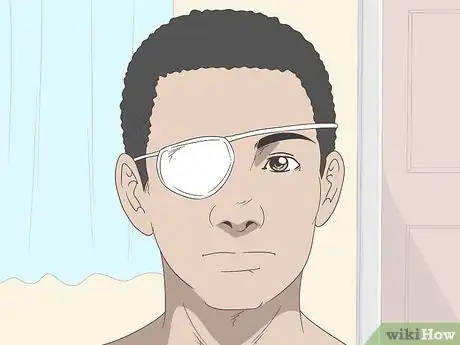
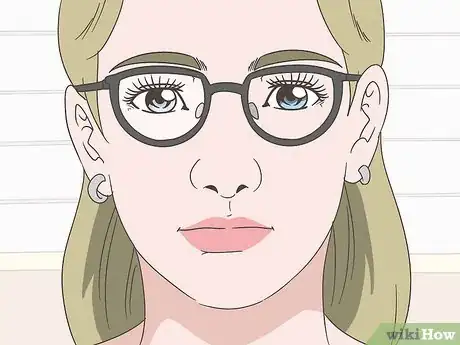
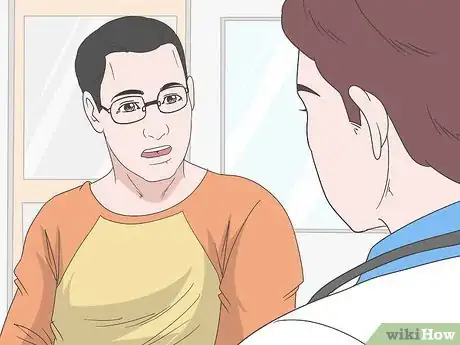

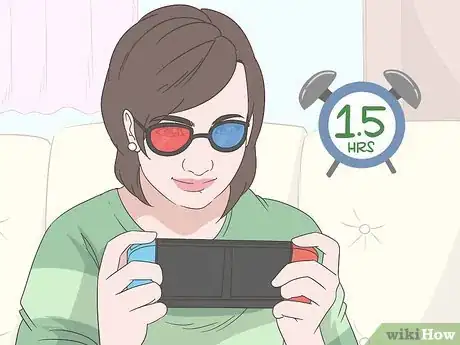
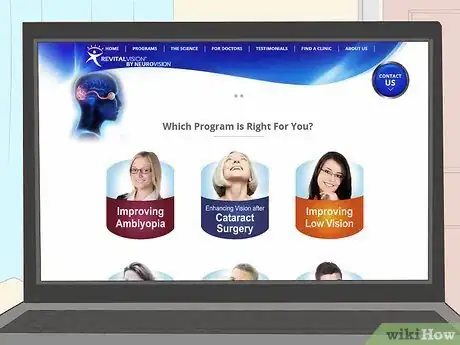
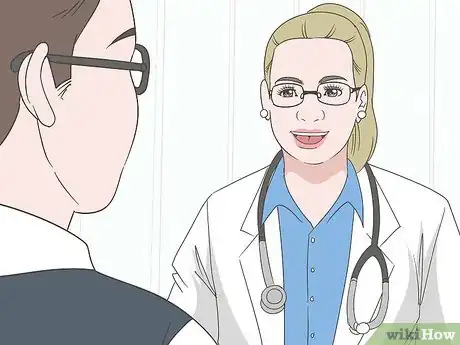
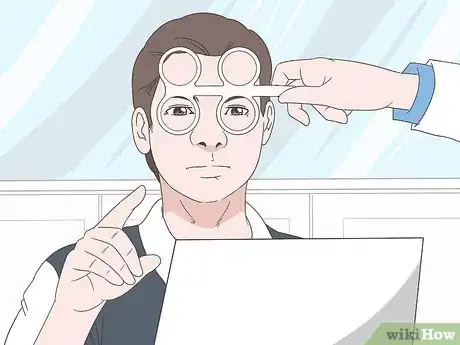
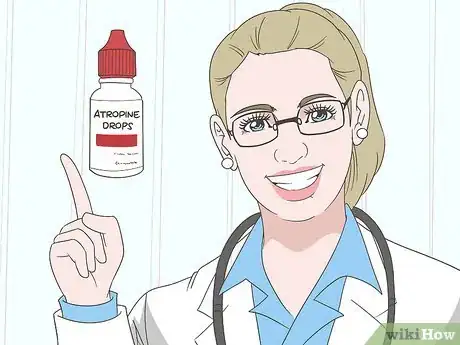

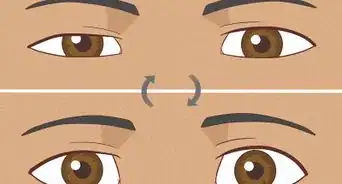
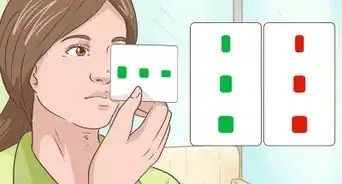
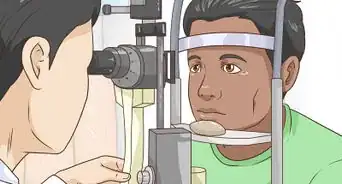

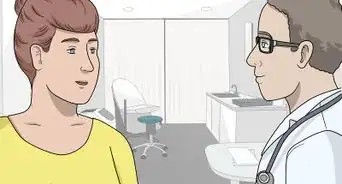
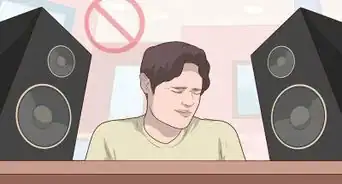
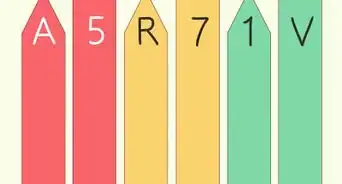
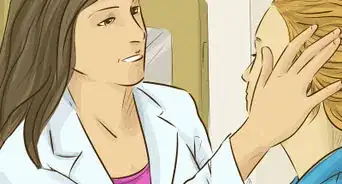
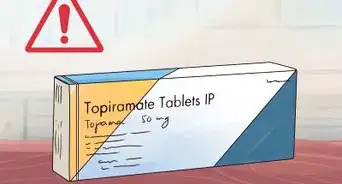

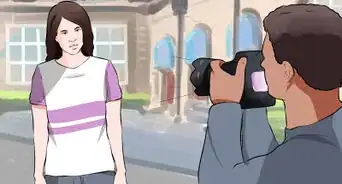
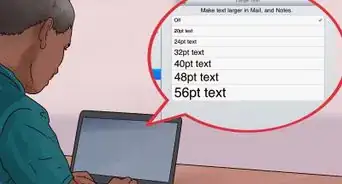

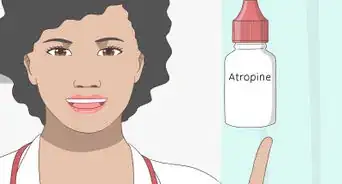







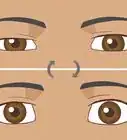
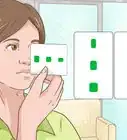
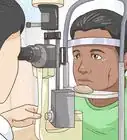




































Medical Disclaimer
The content of this article is not intended to be a substitute for professional medical advice, examination, diagnosis, or treatment. You should always contact your doctor or other qualified healthcare professional before starting, changing, or stopping any kind of health treatment.
Read More...